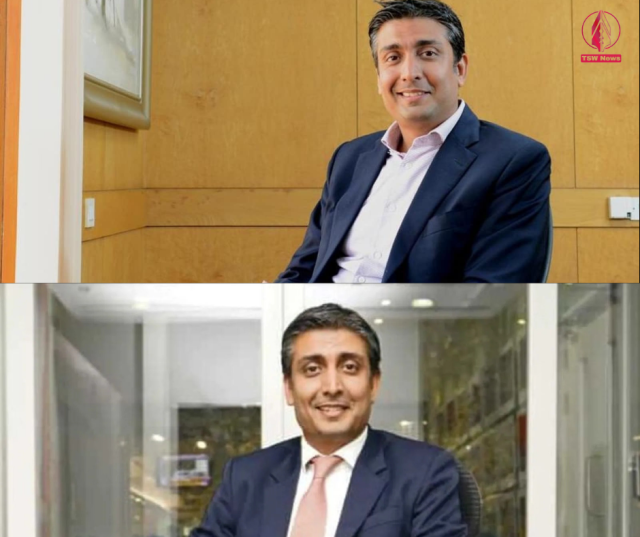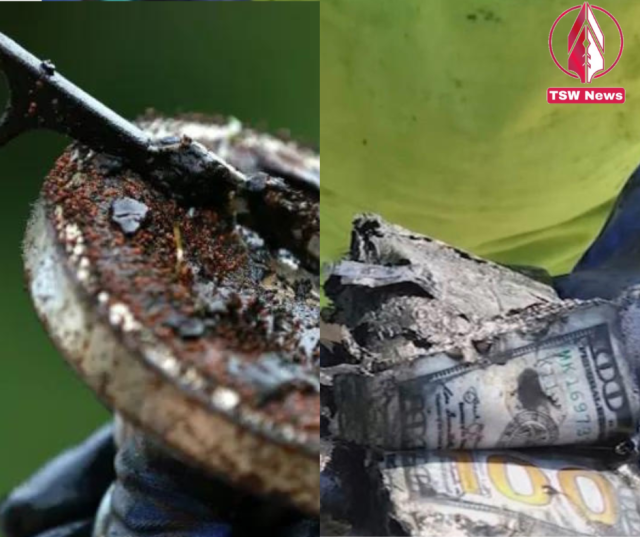The Indian Space Agency’s Chandrayaan-3 Moon Mission made a huge breakthrough
- Posted on July 2, 2024
- News
- By Arijit Dutta
- 153 Views
India's Chandrayaan-3 mission discovered rock fragments near small craters on the moon's south pole. The Pragyan rover's findings support theories about lunar regolith composition. ISRO plans to bring lunar samples back to Earth with the upcoming Chandrayaan-4 mission.

Chandrayaan-3 of India has brought some revelation on the surface of the moon, the latest study reveals. The Pragyan rover which is deployed by the Vikram lander is being seen to have come across small rock fragments that are distributed on the rim, wall slopes, and the floor of small craters at its southern high latitude region.
Key Findings
- The Pragyan rover tested was able to move around the lunar surface for approximately 103 meters in one lunar day.
- Small rock fragments were seen to be deposited in small crater near the landing sites and in its immediate vicinity.
- It became apparent from the data that both the number and size of the rock fragments grew larger when the rover went around 39 meters west of the landing site called Shiv Shakti point.
- These rock fragments are said to have been produced from a 10-meter diameter crater next to this site.
These observations strengthen arguments made earlier in identifying a progressive abrasion of rock fragments in the interior of lunar regolith. These findings can be unveiled at the International Conference on Planets, Exoplanets and Habitability held in Ahmedabad earlier this year.
Space Weathering Evidence
Of the two rock fragments, one exhibited areas that are likely to have been affected by space weathering. This is important as it helps the spacecrafts to understand the conditions that exist on the surface of the moon and other geophysical processes.
Chandrayaan-3's Achievements
It was for the first time in history that any country had succeeded in the task of soft landing near the lunar south pole and India became the fourth country to achieve this great success on 23 August 2023 with Chandrayaan-3. ISRO officials confirm that all three mission objectives were met:ISRO officials confirm that all three mission objectives were met:
1. Ensuring that the lunar module makes a safe and soft touchdown on the Moon.
2. The last one is to ensure the effective operation of the rover on the moon.
3. Science missions where experiments are carried out at the moon surface Běcher 1.
Looking Ahead: Chandrayaan-4
ISRO head S Somanath disclosed the future mission involving Chandrayaan-4, which will fetch a soil sample from Moon’s Shiv Shakti point to Earth. This would be another major step in the Indian space journey which has been expanding in leaps and bounds in the last few years.
Also Read: NASA spacecraft establishes successful communication with India's Chandrayaan-3 lander on the Moon
The Chandrayaan-3 mission is further functional for the lunar study and offers the important data for the analysis of the moon’s geology and may open the ways for the exploration and scientific investigation in the future.




